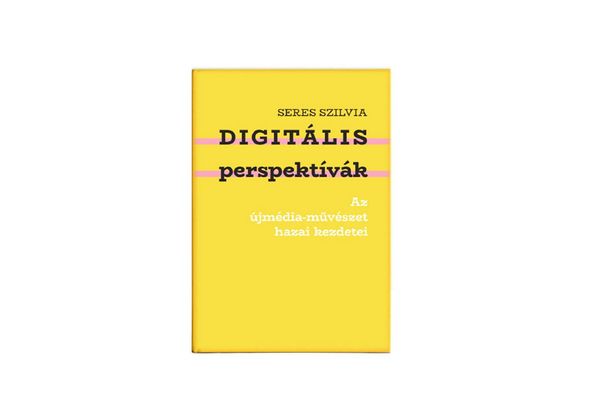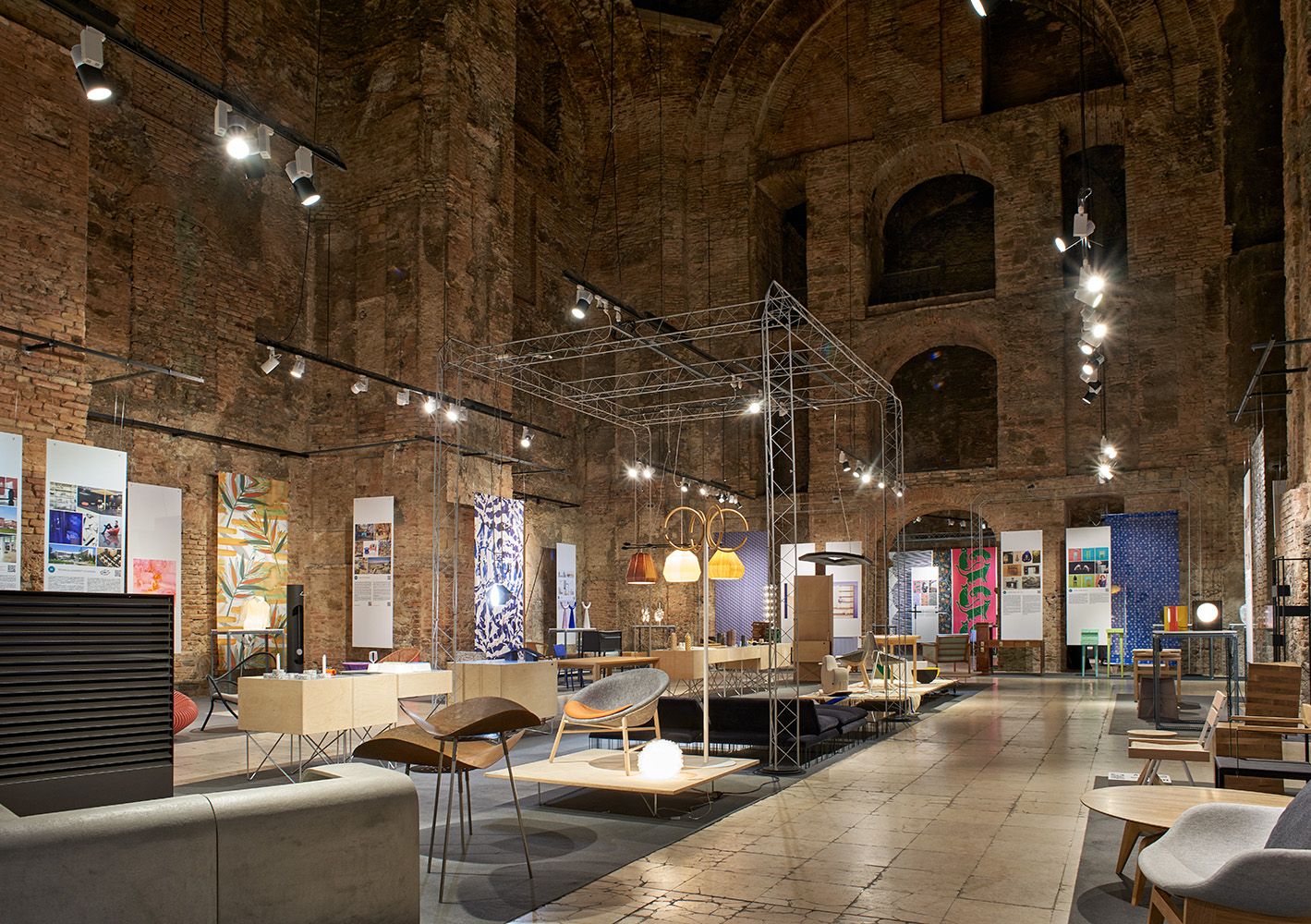The Design Without Borders exhibition at the Kiscell Museum is still open until November 28. The exhibition has now outgrown its original concept and transformed itself into a diverse series of programs about crosstalk between branches of art: in addition to presenting the work of furniture, textile, product and jewelry designers and artists, it is also a platform for contemporary dancers and musicians.
This year, we will find extremely colorful material compiled from the work of more than 160 artists from 16 countries, and many world-famous designers will be among the exhibitors. One of the main focuses of the project is inter-genre interoperability, an initiative for a regional dialogue, also reflecting the links between artistic disciplines and European fellowship. In the last weeks of the exhibition, curated guided tours and solo concerts with music and contemporary dance programs await us.
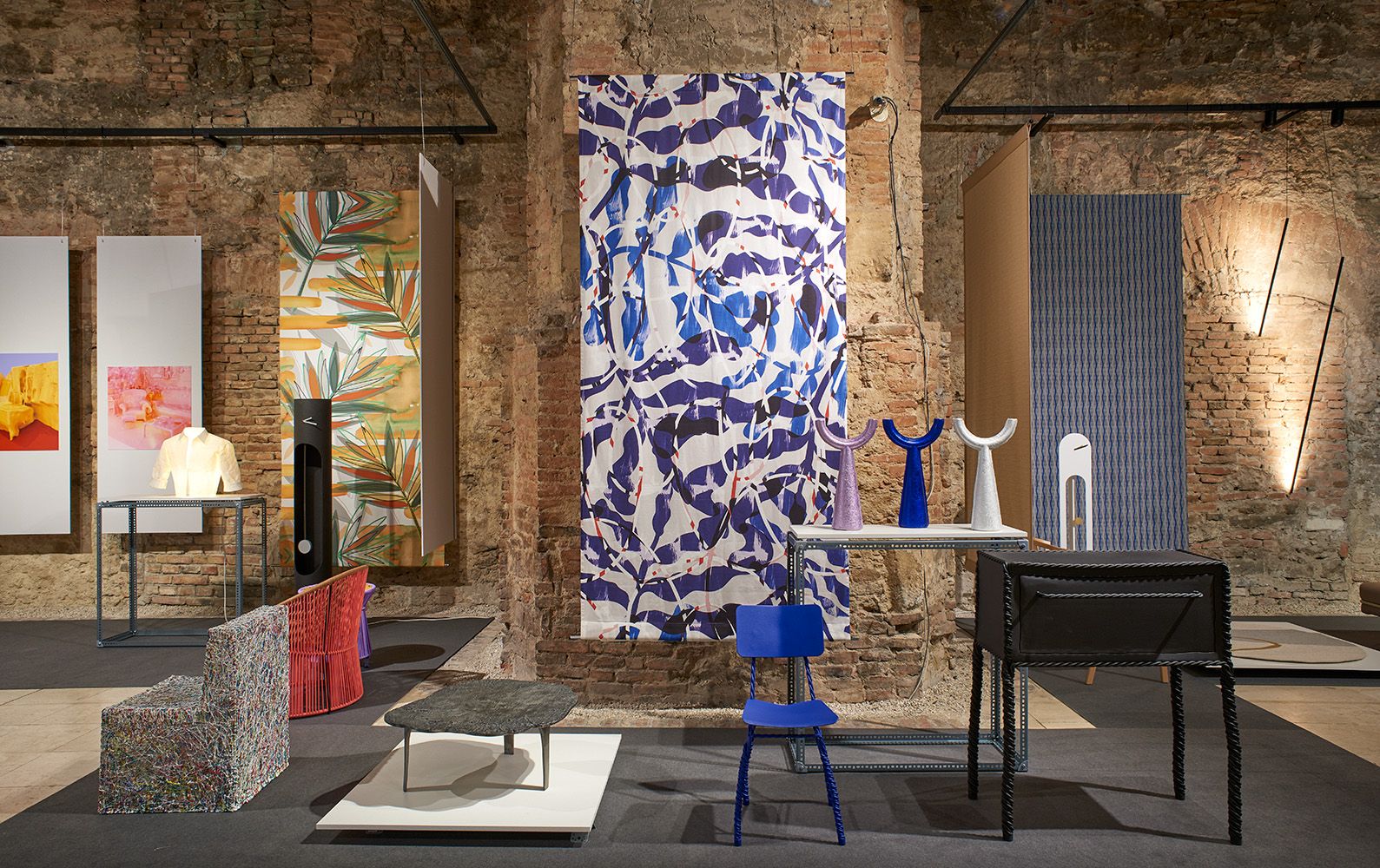
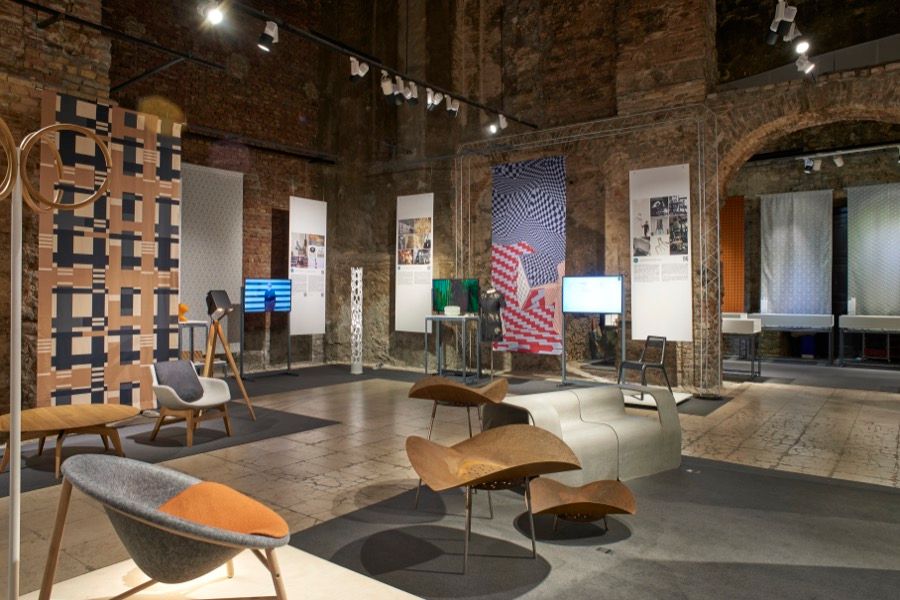
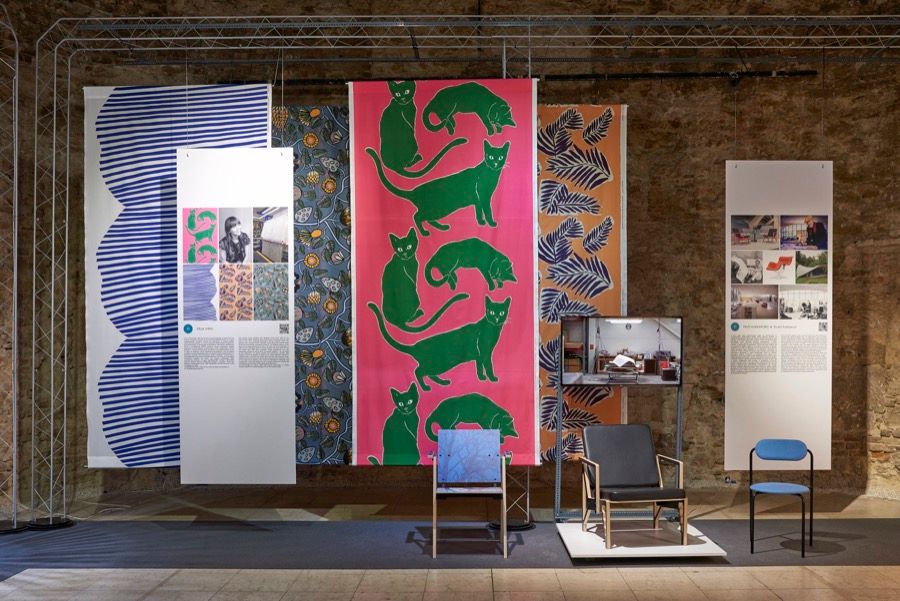
Design Without Borders | Web | Facebook | Instagram
Source: Press Release

What does Metaverse have in store for music?

The success story of Highlights of Hungary goes on
